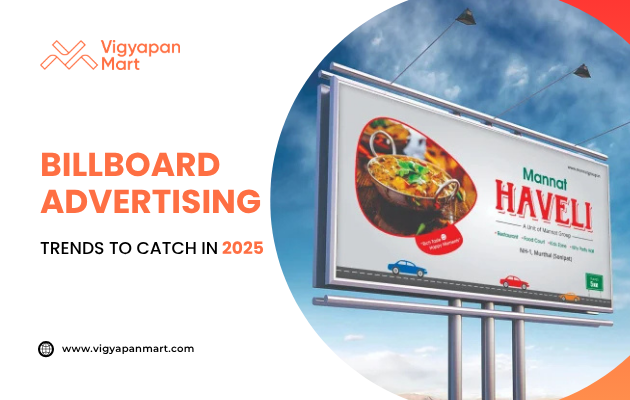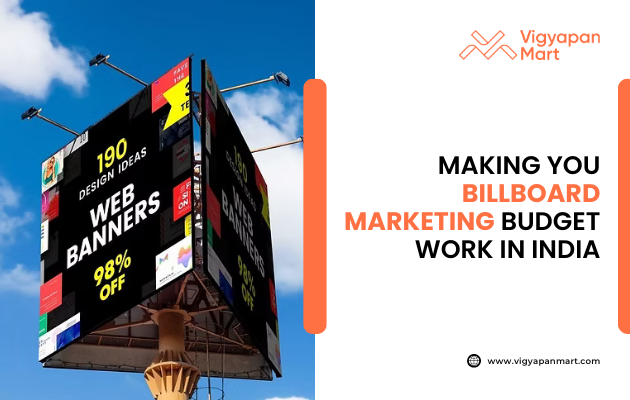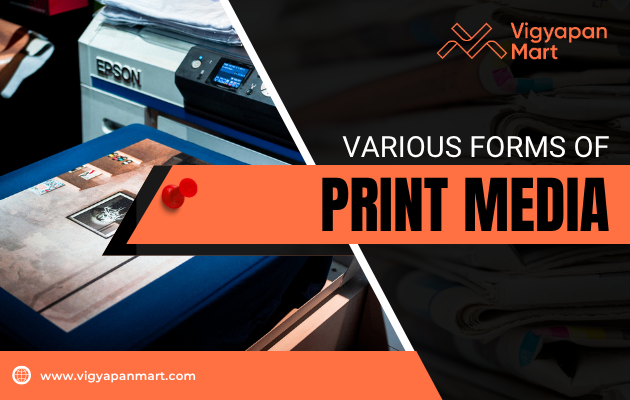Billboard Advertising Trends to Catch in 2025

Billboard advertising has come a long way from static displays to dynamic, interactive, and data-driven campaigns. In 2025, this medium is more relevant than ever, blending traditional visibility with cutting-edge technology. If you’re looking to stay ahead in the advertising game, here are the top billboard advertising trends you need to know.
1. The Rise of Digital Billboards
Digital billboards are transforming the advertising landscape by offering flexibility and real-time updates. Unlike traditional static boards, digital billboards allow advertisers to display multiple ads, update content instantly, and even run time-sensitive promotions.
Key Features
- Dynamic Content: Advertisers can schedule different messages for different times of the day.
- Real-Time Updates: Perfect for weather-based ads or live event promotions.
- Interactive Displays: Advanced technologies like augmented reality (AR) and virtual reality (VR) are creating immersive ad experiences.
For example, a fast-food chain could display breakfast menu ads in the morning and dinner deals in the evening, maximizing relevance and engagement.
2. Geo-Targeting and Hyper-Localization
In 2025, billboard advertising is becoming smarter with geo-targeting capabilities. This allows brands to tailor their messages based on location-specific data, ensuring ads resonate with local audiences.
How It Works
- Demographic Targeting: Ads can be customized for specific age groups, income levels, or interests.
- Proximity Marketing: Businesses can target audiences within a specific radius of their location.
A great example is Mad Mex, an Australian food chain that used billboards within a 1km radius of its restaurants. The ads were customized based on local preferences, driving foot traffic effectively.
3. Sustainability in Billboard Advertising
As environmental concerns grow, advertisers are turning to eco-friendly practices. Sustainable billboards not only reduce environmental impact but also align brands with green values.
Sustainability Practices
- Energy-Efficient Lighting: Many billboards now use LED lights powered by solar energy.
- Recyclable Materials: Billboards are being constructed with materials that can be reused or recycled.
- Green Messaging: Brands are using their billboard space to promote sustainability initiatives.
This trend reflects a broader shift toward corporate social responsibility, making eco-friendly billboards a win-win for businesses and the planet.
4. Enhanced Interactivity with Technology
Technological advancements like 5G connectivity and IoT integration are making billboards more interactive than ever. These innovations allow for personalized and engaging ad experiences.
Examples of Interactivity
- Facial Recognition: Billboards can identify demographic details like age or gender to display tailored ads.
- Augmented Reality (AR): Passersby can interact with ads through their smartphones or other devices.
- Live Data Integration: Ads can change based on real-time data like traffic conditions or sports scores.
For instance, Burger King used facial recognition technology to offer discounts based on customers’ facial expressions during their “Hangover Whopper” campaign.
5. Programmatic Buying for Billboards
Programmatic ad buying is no longer limited to digital platforms; it’s now a key part of billboard advertising. This automated process allows advertisers to purchase billboard space efficiently and target audiences more precisely.
Benefits of Programmatic Buying
- Cost Efficiency: Advertisers can set budgets and optimize campaigns automatically.
- Precision Targeting: Ads can be displayed based on specific criteria like time of day or audience demographics.
- Flexibility: Campaigns can be adjusted in real-time based on performance metrics.
This trend democratizes billboard advertising, making it accessible even for smaller businesses with limited budgets.
6. Integration with Omnichannel Campaigns
Billboards are no longer standalone tools; they’re integral to omnichannel marketing strategies. By combining outdoor advertising with digital campaigns, brands can create a seamless customer journey.
How It Works
- Use billboards to build brand awareness at the top of the funnel.
- Retarget audiences online through social media or email campaigns.
- Drive traffic to websites or physical stores using QR codes on billboards.
This approach ensures consistent messaging across platforms while maximizing ROI.
7. Growth of the Digital Out-of-Home (DOOH) Market
The global market for digital out-of-home (DOOH) advertising is booming. In 2025, it’s projected to grow at a compound annual growth rate (CAGR) of 3%, reaching $62.52 billion. This growth is fueled by innovations in technology and increased demand for targeted advertising solutions.
Market Insights
DOOH’s ability to deliver engaging and measurable campaigns makes it a preferred choice for advertisers worldwide.
Conclusion
Billboard advertising in 2025 is all about blending tradition with innovation. From digital transformation and geo-targeting to sustainability and interactivity, the trends shaping this space offer endless opportunities for brands to connect with their audiences. Whether you’re a small business or a global enterprise, staying ahead of these trends will ensure your billboard campaigns remain impactful and relevant in an ever-evolving market. Are you searching for more billboard advertising trends? Connect with Vigyapan Mart billboard experts today.









